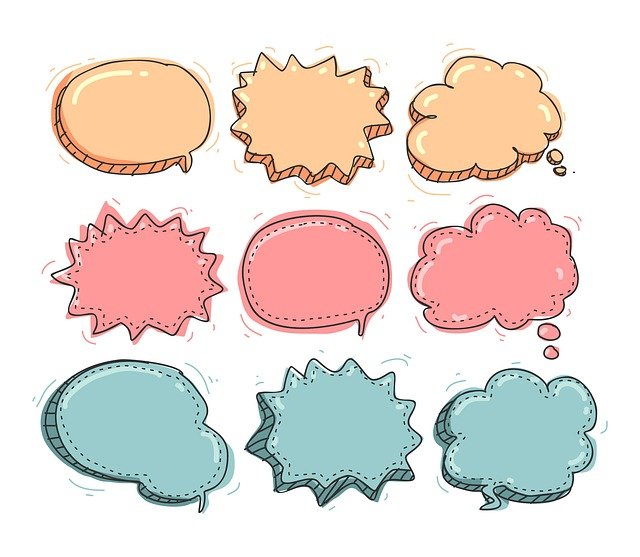
November 29, 2021– Can you believe that we are finishing up our theme for the month tomorrow? We talked about daily tips for authors to promote themselves and their books, and I hope that you’ve learned something and, most importantly, that you’ll put what you learned into action! Today we’re talking about communication essentials:
We need absolute clarity when we communicate our brand! People may not know what you do or why you do it, or where to buy it, but the following tips can help them find you.
- Be concise. Why use eight words when four will do? Be clear and concise because readers have short attention spans when it comes to advertising. If you’re writing a press release, stick to the basics, keep it one page, add a great review, and send it out. Same with brochures; bullet points, short, uncomplicated language, and lots of visuals.
- Needs. What readers see is based entirely within the context of what they need or want. If they don’t have a need that aligns with what your brand does/is, then your message is irrelevant to them, and they will not be a customer. Help communicate your brand effectively by targeting your market and niching it down. Who is your book for? Use your demographic data to your advantage.
- Sensory connections. Use words like listen, see, read, touch, and feel whenever possible in your branding. Metaphors are also a great way to stimulate the senses. For example, “Have your cake and eat it too” (immediately you visualized someone eating cake) but make it relevant and sensory connected to your message.
- Integrity. Honesty is your brand. Communicate to your readers with genuine care and authenticity. Deliver on your promises! You can spend a lifetime building a reputation, but it only takes five minutes to destroy it.
- Identify Benefits, Solutions, and Outcomes. A graph is a great way to lay this out so that you can get a visual.
| Customer’s Needs: | Your Solution: | Benefit to Customer: | Impact on Customer Life: |
| Their child doesn’t like to read | Your book has interactive activities that make reading fun! | They read the book with their child, and they love the book and decide to read more! | Their child develops a lifelong love of literacy. |
- Differentiate your brand. What makes you different? This should be your tagline for your entire business. Ours is Publishing Made Simple. That message conveys that we take the complex parts out of publishing so that anyone can do it! (With our guidance, of course, 😊) Don’t say Canadian Made, Women-Led, or We’re the Best because that’s not a point of differentiation, and a ton of other businesses can say that. When I came up with our tagline, my purpose was to convey that publishing is hard, but Pandamonium Publishing House makes it simple with their experts, stable of graphic designers, marketing team, PR team, editors, and formatters. I looked at all the things that we do and realized how complicated and multi-faceted publishing is and differentiated us by making publishing simple. That’s how Publishing Made Simple came about. How ironic would it be if I used a paragraph to get that point across? Other people have ripped off our tagline (which is registered) and have skirted around being sued by using ‘self-publishing made simple.’ I suppose copying is a form of flattery…who knows.
- The only thing that matters. Put as simply as we can state it, the only thing that matters in your business is meeting your customer’s needs. Everything else you do is extra. There are three ways to meet your customer’s needs as a publisher/author: Educate, Excite, or Entertain them. Which one do you provide with your books? This is the key as to WHY people will buy from you.
Check out our classes, courses, and workshops here: Virtual Courses, Classes, and Workshops – Pandamonium Publishing House
